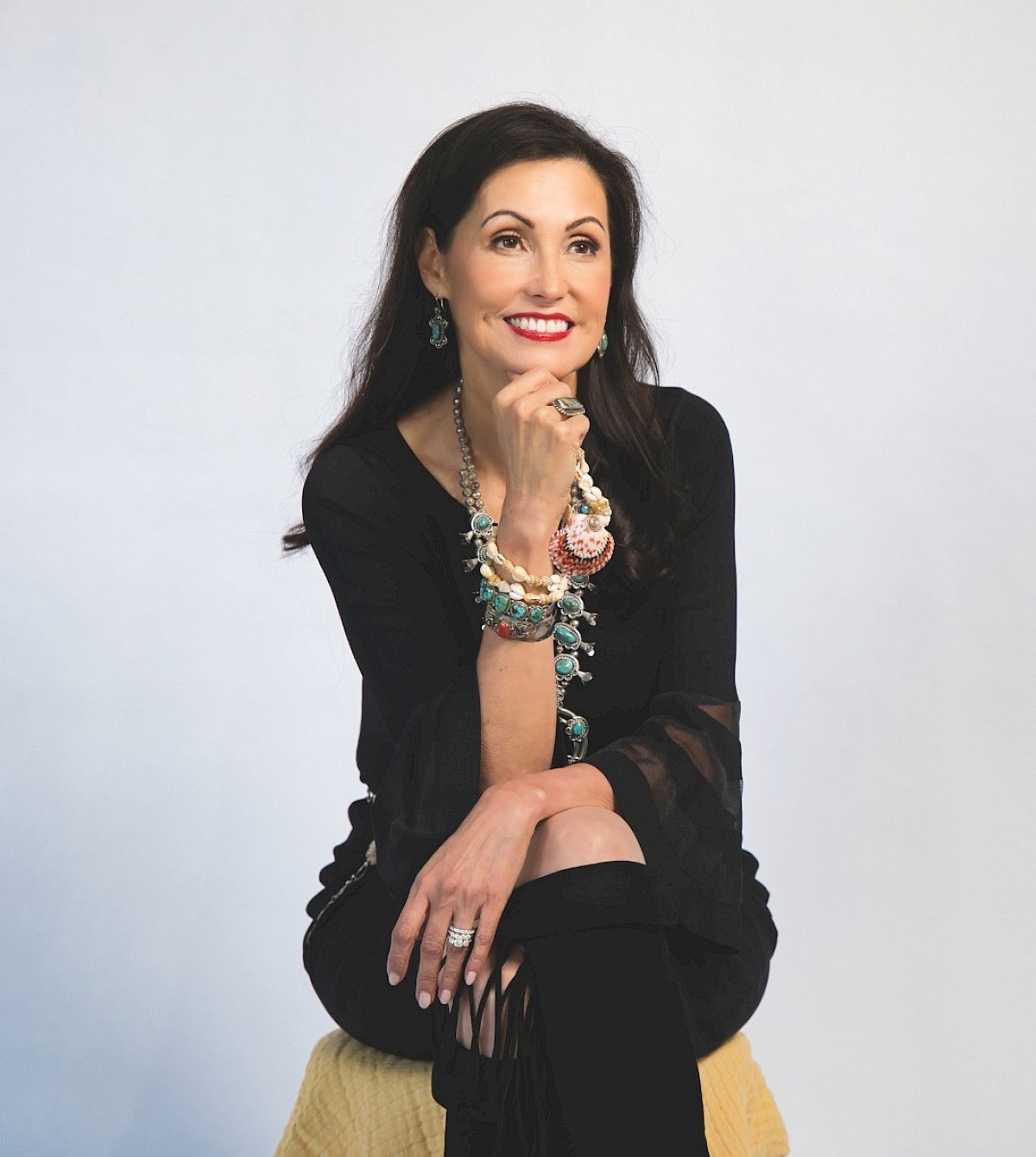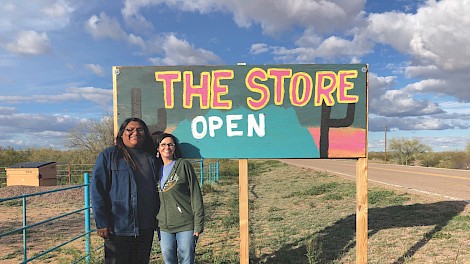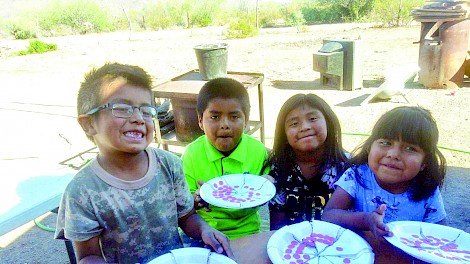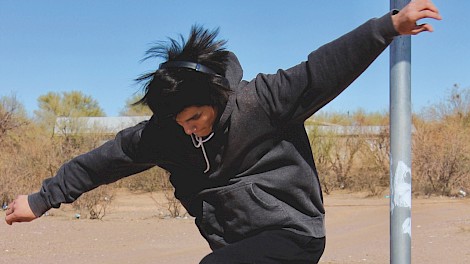A Life with Reservations
I wear a modern dress because we are still here.
I wear shells to honor my ancestors.
I wear squash blossom to honor my mother.
I wear red in honor of all the missing and murdered Native American women.
“If not me, who? If not now, when?” This was the sage wisdom of Susan Warmack’s then first grade son, David; they were words meant to move her to action and lead her to start her foundation, The Native American Advancement Foundation (NAAF). The challenge was demanding, but Susan’s passion for her Native American community and for the place she was raised was and is still greater! “No longer should we wait on someone else to fix our problems,” Susan shared. Her mission for the Native American community is “for us to recognize the strength that is within us and to honor each other and our ancestors by uniting and building healthier and vibrant futures for our youth.”
Susan Warmack was born in Arizona and raised on the Tohono O’odham Reservation in southern Arizona. It is the second largest reservation in Arizona, at 2.5 million acres with roughly 33,000 members.
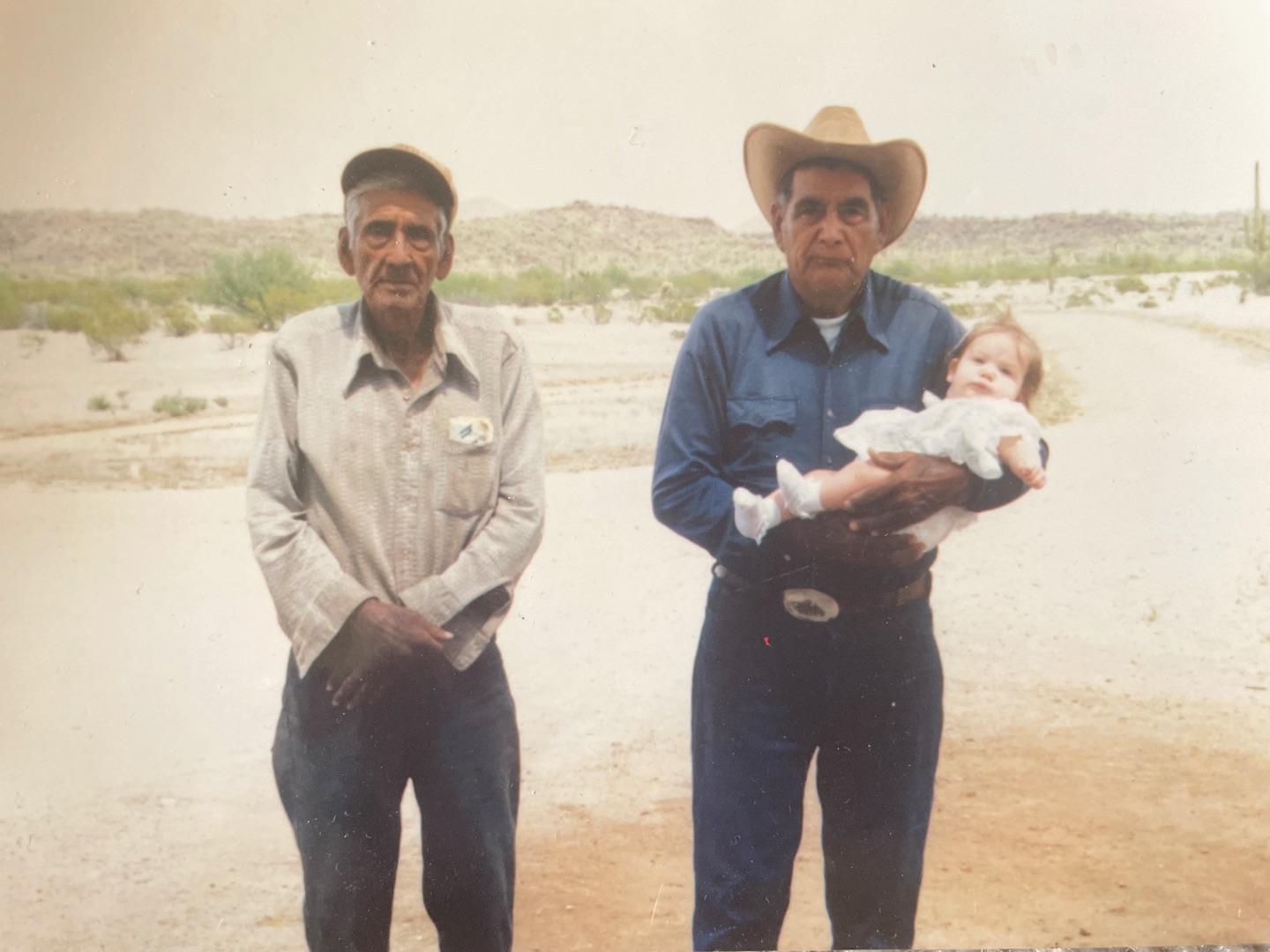
submitted photo
Susan grew up in a mud home without electricity and without running water or indoor plumbing. As early as she can remember, she hauled water seven miles once a week, using an old army water tank her grandfather had secured. If they wanted hot water, they had to boil it on an open fire. Susan’s job when she was a child was to wash the dishes. She did this in a large metal pan over a wood-burning stove. She slept outside and reminisced about falling asleep “under the brilliant stars,” waking up early every morning to the smell of her grandmother making fresh tortillas and the sound of her grandfather chopping and stacking wood.
Susan’s home was near the U.S.-Mexico border, and interaction between illegal immigration and U.S. Border Patrol was common. She had early exposure to navigating the complicated dynamics between meeting basic human needs, maintaining respect for all human life and dignity, and keeping the laws of the United States. “As a child,” she recalls, “I didn’t understand why things were so complicated.” Her home would often be the first that unauthorized immigrants would come to after crossing the Arizona-Mexico border through the Sonoran Desert. The immigrants would arrive dehydrated, starving and literally on death’s door. “I remember one Christmas Eve, a family arrived, and the mother had given birth in a dry riverbed behind our house. Maybe I was in second grade, and I remember standing aside while everyone rushed around trying to gather towels, blankets and food.” The U.S. Border Patrol picked up the family the next day. Susan sadly shared, “I have read estimates that since 1994, about 10,000 people have died in their attempt to cross the Sonoran Desert.”
In Susan’s home, the O’odham language was spoken by the adults, but English was spoken to the children. Because Susan’s mother had negative experiences in school from speaking her native language, it was important to her that her children spoke English well when it was time for them to go to school. School was 60 miles away from the family home and there were no school buses that would come. Susan recalls doing her homework sitting in the mud house and using a kerosene lantern for light. She attended schools on and off the reservation, commuting up to two and a half hours each way.
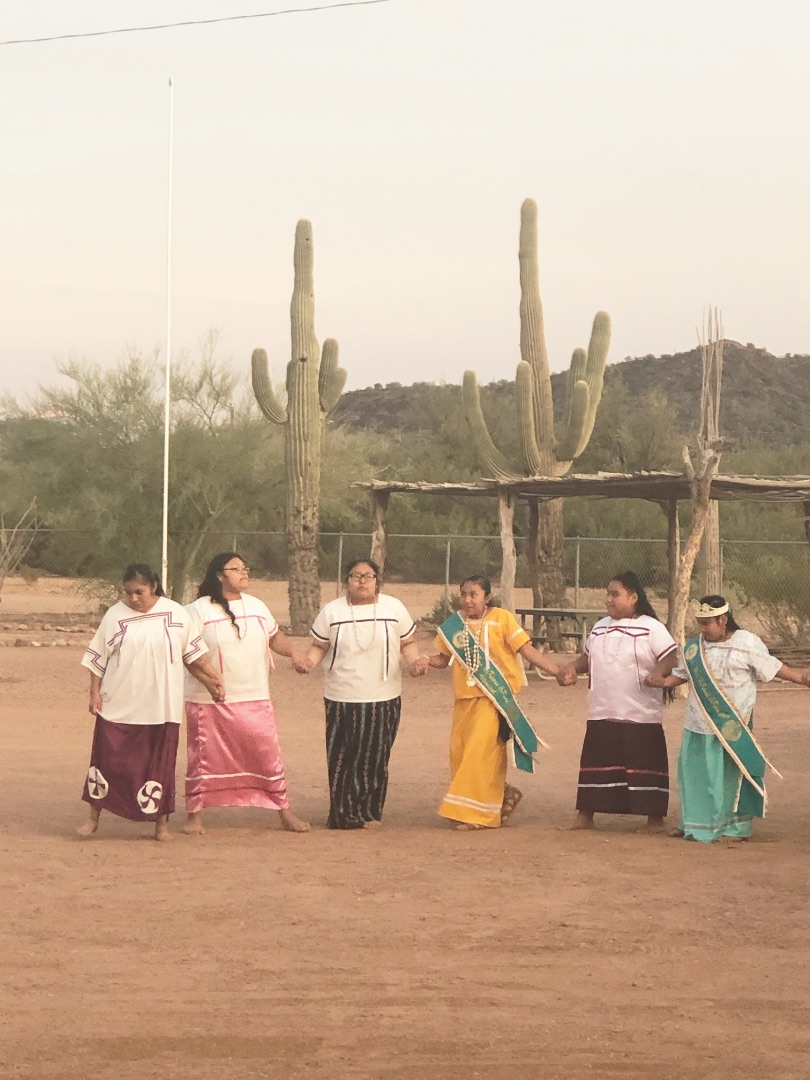
submitted photo
Her parents’ desire was for Susan and her siblings to get a better education than what was available on the reservation, so beginning in seventh grade, Susan attended public school full time off the reservation. It was so important to her parents that they bought a small house for her father and the three children to stay in during the school week and they would return to the reservation Friday after school through Sunday evening.
When Susan was in junior high, her grandfather bought a generator. “It was so exciting when we would turn on the generator and we would have light coming from one light bulb at night. We would smile and laugh and be so excited about that one light bulb. Even today I become excited just thinking about it and laugh.” They rarely used the generator for light though because the fuel used to operate it was saved for Sunday mornings when her grandfather would use the generator to watch Oral Roberts on a small black-and-white television. Susan laughingly shared, “It was the only time he would use that generator. It puzzled me because my grandfather didn’t speak English and I didn’t think he could understand what Oral was even saying. He would look at me and say, ‘that’s where you are going to go to school!’ and sure enough, I did!”
When the time came, Susan’s grandfather drove her to Oral Roberts University in Tulsa, Oklahoma. “I will never forget enrollment day,” she shared. “That morning, before going to the college campus, my grandfather dressed in all of his traditional Native American regalia. He stood tall and proud in the enrollment line that day in his colorful array of clothing, jewelry and feathers. I am so thankful for my Tohono O’odham upbringing. I value knowing my heritage and my culture. Growing up in the Sonoran Desert taught me to be strong and to work hard. Being Native American taught me to value humility, respect and honor.” Susan attended Oral Roberts University for two years.
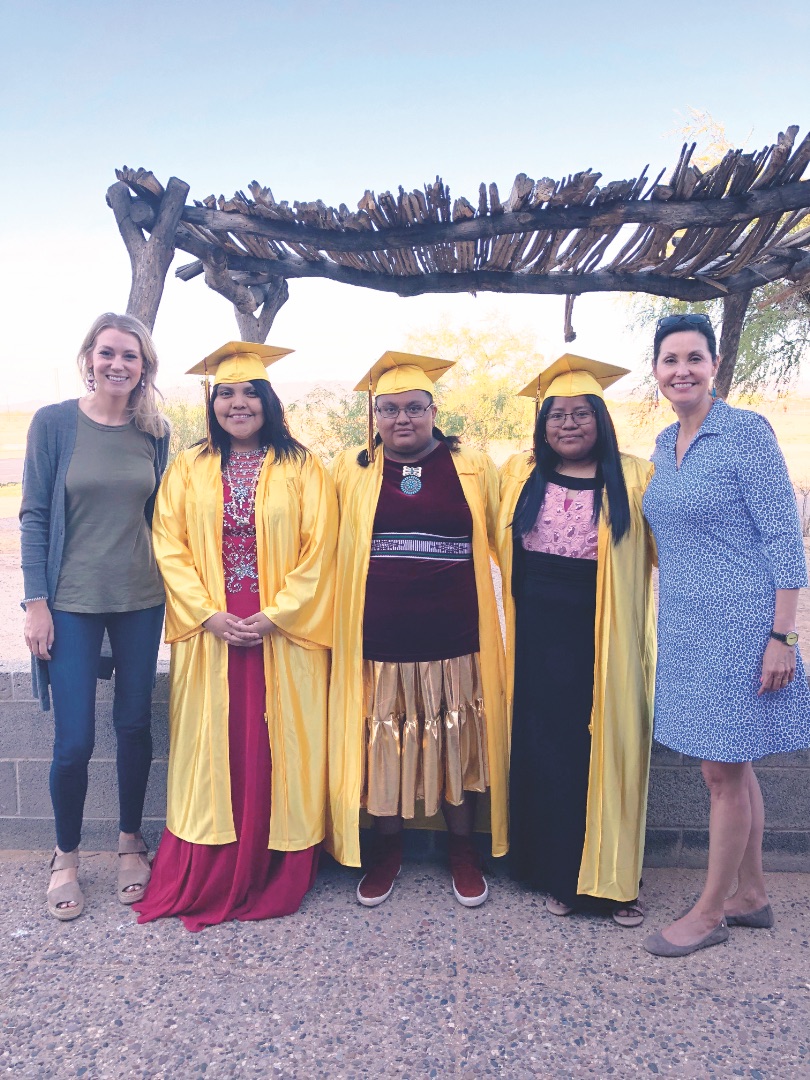
submitted photo
In 1986, Susan moved to Texarkana. She is married and has raised three children in Texarkana-Jordan Kennedy Evans, Joseph Kennedy and David Warmack. She finished her education, receiving her undergraduate and master’s degrees from Texas A&M University–Texarkana.
In 2011, at the encouragement of Susan’s very young and wise son David, she started a foundation which gives back to her fellow Native Americans in the Tohono O’odham Nation (TON). Members of the GuVo District established NAAF. A 501c (3) nonprofit corporation, NAAF promotes research-based, community-driven, sustainable development. NAAF is the only nonprofit organization serving the western region of TON, a reservation the size of Connecticut. GuVo District has 2,547 enrolled members with 1,000 people in residence. On the U.S.-Mexico border, GuVo District is classified as a “drug corridor,” which limits food and economic access, and over 75% of the district lives below the U.S. poverty line with a yearly median income of $7,500. Residents are disconnected from health, food and educational services in Sells, the de facto capital of TON, 60 miles east of where the tribal grocery store is located.
“Living in Indian Country is an isolated experience because the villages are typically very remote and removed from the public eye. There is a sense of being invisible and disconnected from the rest of the world and a feeling of being thought of as just a piece of history–if thought of at all.” Susan shares, “The Native American story is a story of survival that each one relates to in a very personal way. We have survived first and foremost by our continued acknowledgement and dependence upon our Creator, and secondly by our connection and responsibility for each other. When we were placed on reservations, our way of life was drastically changed. I think people have no idea about the complete lack of infrastructure that exists on reservations from roads to housing, internet, jobs and access to basic human needs.”
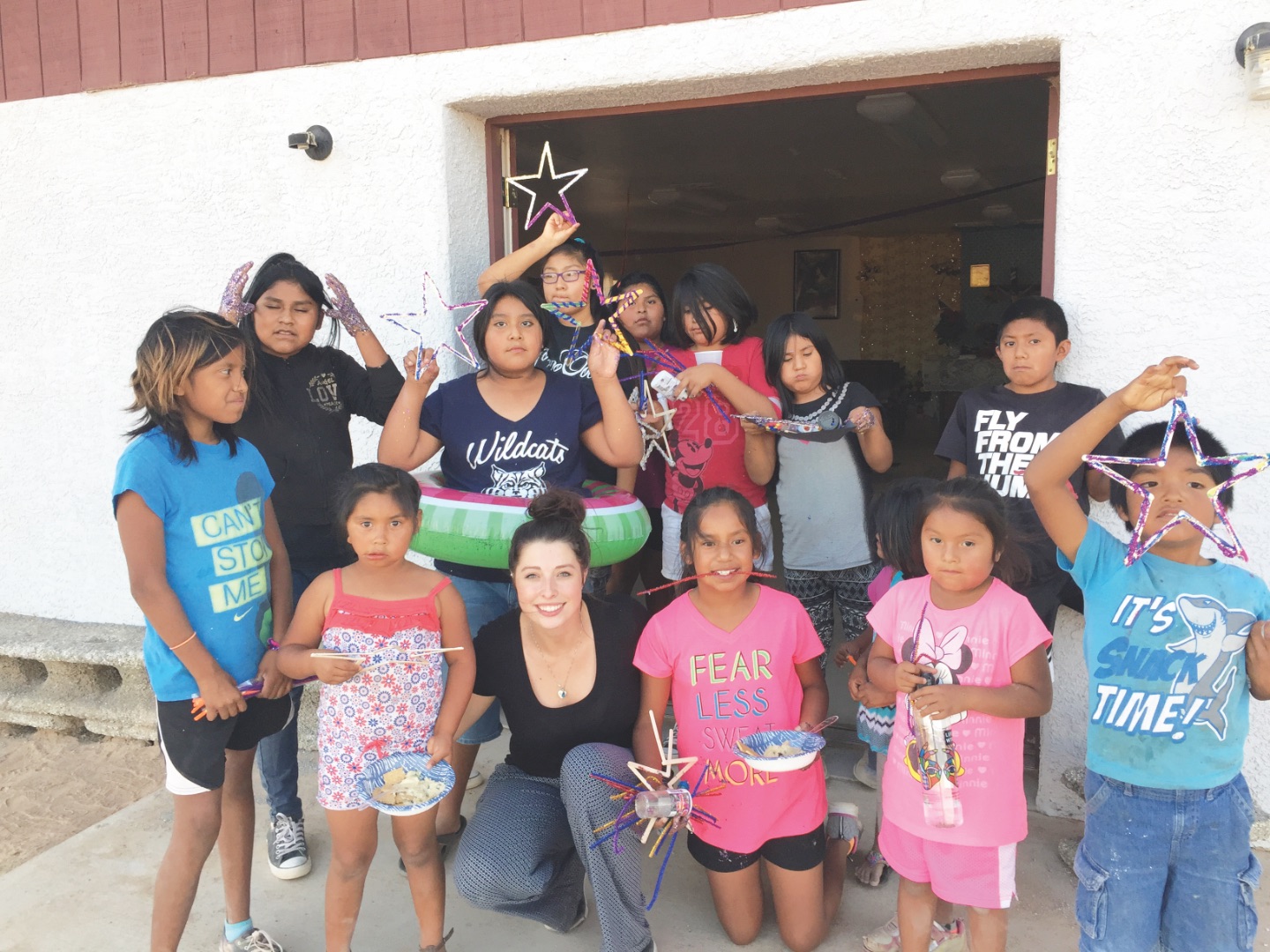
submitted photo
In light of that, NAAF’s programming includes education, economic development, health and intergenerational cultural and language projects. They connect Tohono O’odham traditions to young generations. The After School and Summer Adventure are NAAF’s longest running programs with 100% graduation rates. In addition to General Education Development (G.E.D.) and graduation solutions, job training, the Healthy People Coalition, Ruth’s Garden, animal care, women’s development and The Store (a nonprofit entity for food and hygiene provision) are made available.
Ruth’s Garden was established in February 2020 in honor of Ruth Ortega, a beloved GuVo elder. She survived federal boarding schools and returned to advocate for O’odham language, culture and children’s education in their home geography. NAAF manages Ruth’s Garden with a dedicated team of community volunteers as a multigenerational learning site. A food desert on the reservation, GuVo District has experienced increased food insecurity during COVID-19 in terms of access and nutrition. The Tohono O’odham people suffer the highest global rates of adult and childhood diabetes. GuVo’s location in an international drug corridor precludes regular courier services and wholesale food deliveries. With COVID-19, food access is a daily challenge. Combating these issues with a vibrant desert diet built on Sonoran climate cycles and integrated irrigation and agricultural system, is a Tohono O’odham way of life. These lifeways were dramatically changed by federal and state policies which redirected water from O’odham communities all over Arizona and established a dependency on non-perishable foods. Ruth’s Garden is a NAAF and GuVo community project built on Tohono O’odham traditional health and food economics seeking to inspire young people towards health and counteract damaging stereotypes about Tohono O’odham people.
Having celebrated their 10th anniversary in October, NAAF’s work focuses on continuing to strengthen Native American communities with their programs. “Our long-term vision is for our youth to graduate from high schools, go to college and take their place in leadership positions, creating policies, social, political and environmental infrastructure that will address the needs of the Native American. I am 55 years old and just getting started! I plan to continue to work hard and pass the baton to the next generation. NAAF depends heavily on collaborations and shared resources. Native Americans believe it is a blessing to serve. The culture of NAAF is one of trying to out bless each other,” Susan said.
NAAF is a family affair. “NAAF is more than what we do. It is who we are! My husband, Daniel, is my biggest fan and provides me with so much encouragement as I am basically a full-time volunteer worker and visionary.” As NAAF grew, Susan’s children also became involved. Her daughter, Jordan, resigned from a successful career, took a significant pay cut and now works as NAAF’s CEO. Joseph and David stay connected to the reservation and NAAF as the family plans their holidays and vacations centered on where they will be on the reservation and what they can do for the communities while they are there. “NAAF has strengthened our dependence upon the Lord, for it is HE who calls us, HE who will continue to equip us, and HE who will sustain us,” Susan said. Isaiah 51:3 brings her hope and inspiration as it reads, “For the Lord will comfort Zion. He will comfort all her waste places; He will make her wilderness like Eden, and her desert like the garden of the Lord. Joy and gladness will be found in it, thanksgiving and the voice of melody.”
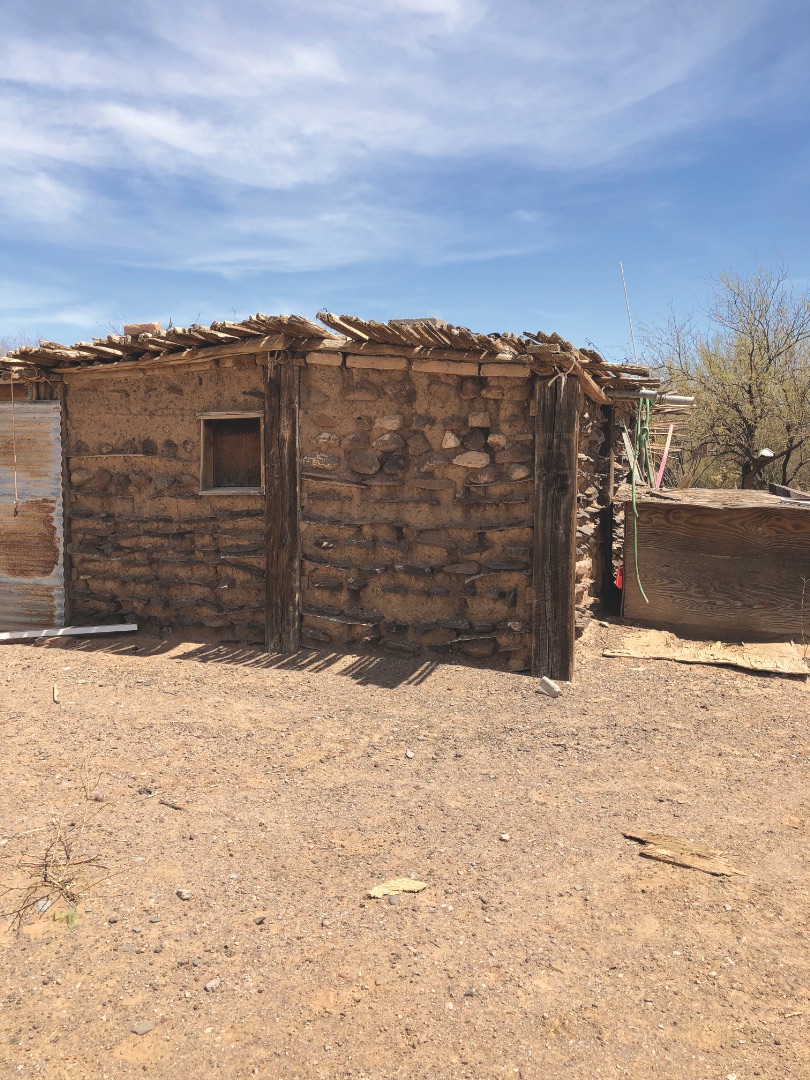
submitted photo
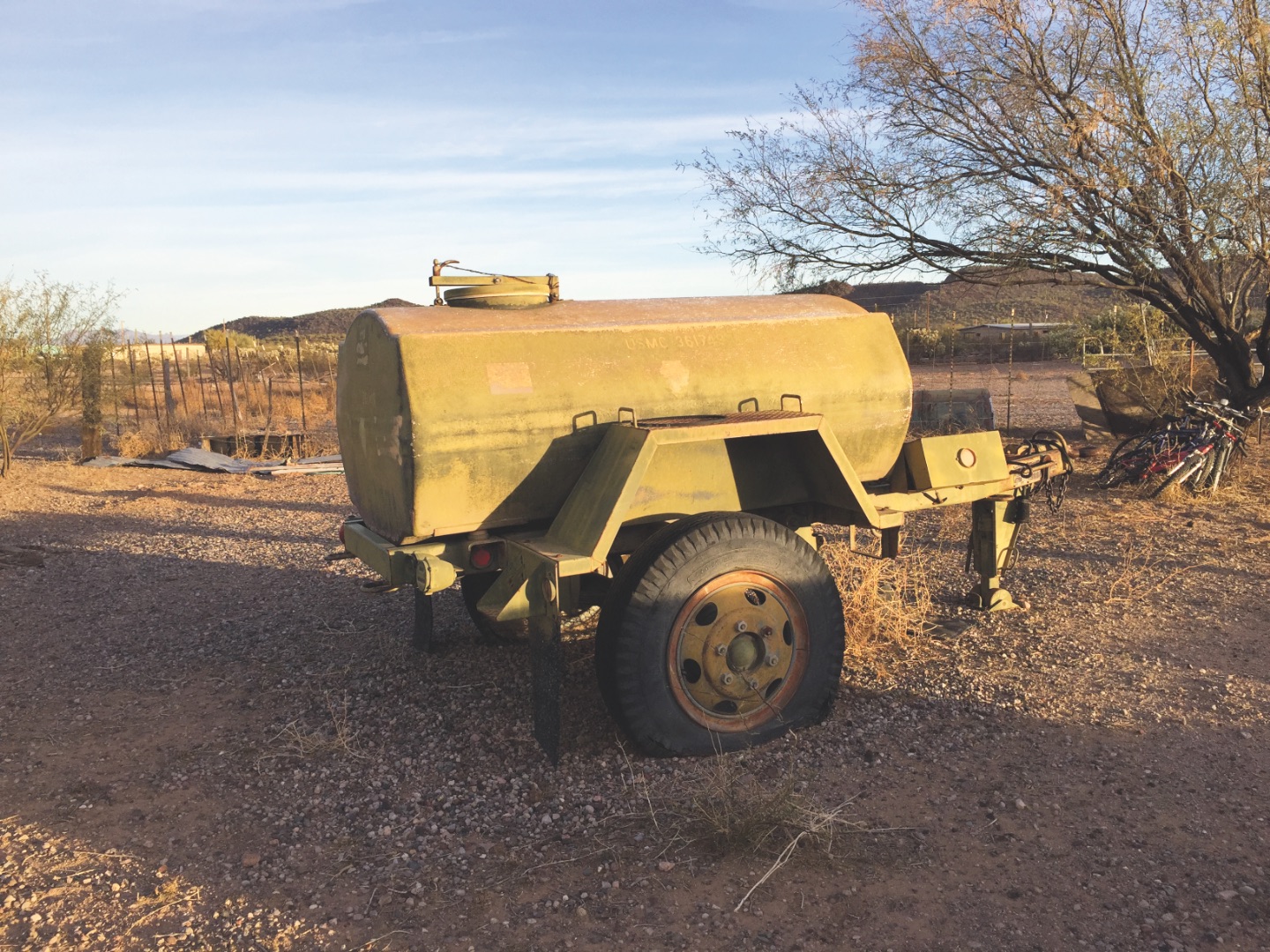
submitted photo
DID YOU KNOW?
You should not ask a Native American, “How much Native American are you?” This is a western mindset directed toward Native Americans.
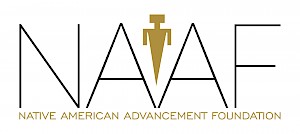
Services offered through Native American Advancement Foundation
After School Program
Summer Learning Adventure
Prevention Services
Skate Spot
GED Classes
Pre-School
Online School
Gardening Skills
Farming and Irrigation
Running and Walking Club
Boarding School Scholarships
I:mig Project: Researching the dialect and language of GuVo District, consisting of elder interviews, language revitalization and curriculum writing
Documenting Old Sacred Sites
Environmental Projects including Water Harvesting
Animal Welfare
Girl’s Voices: Documenting the stories of young women growing up on the reservation, their dreams, ambitions and challenges.
The Store: Provides access to food in a food desert.
Internships
Community Service for formerly Incarcerated Individuals
Meal Delivery: Provides one complete meal, five days a week for 120 children
Elder Care

